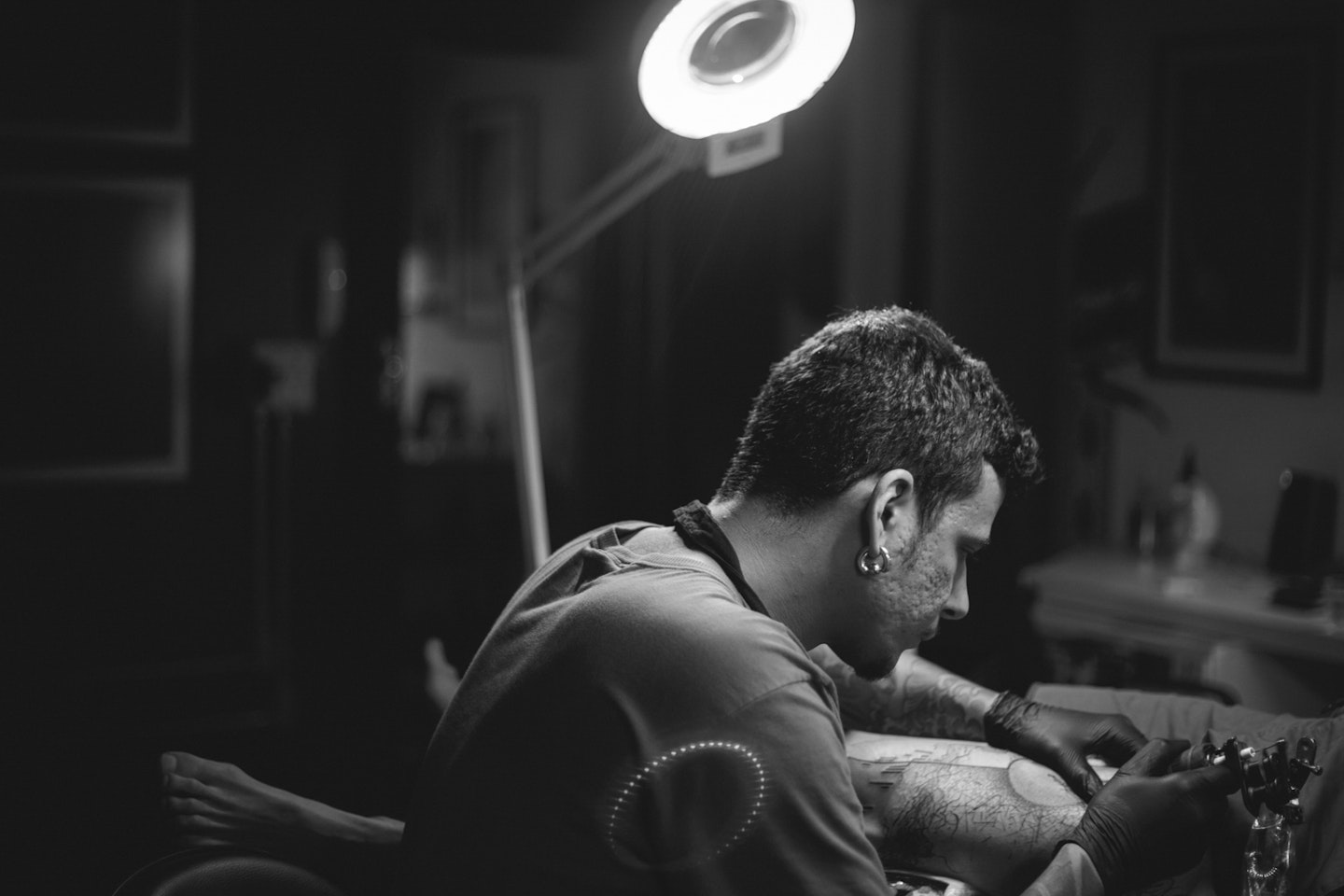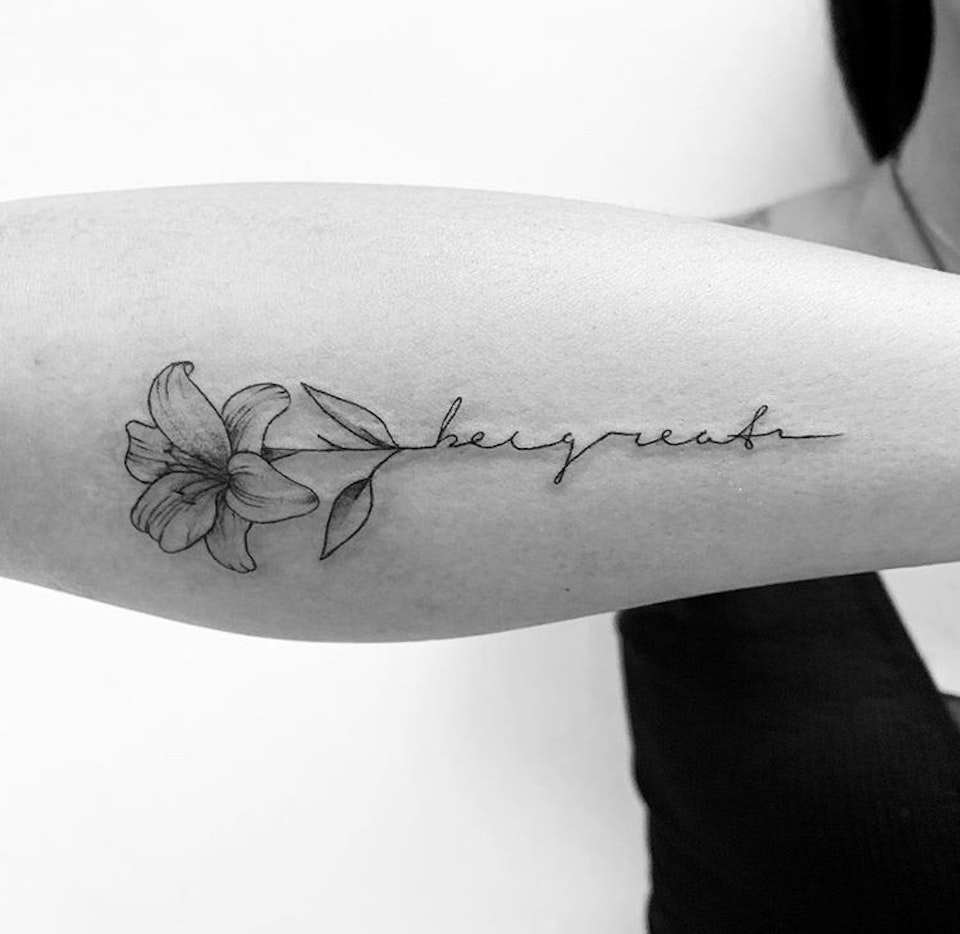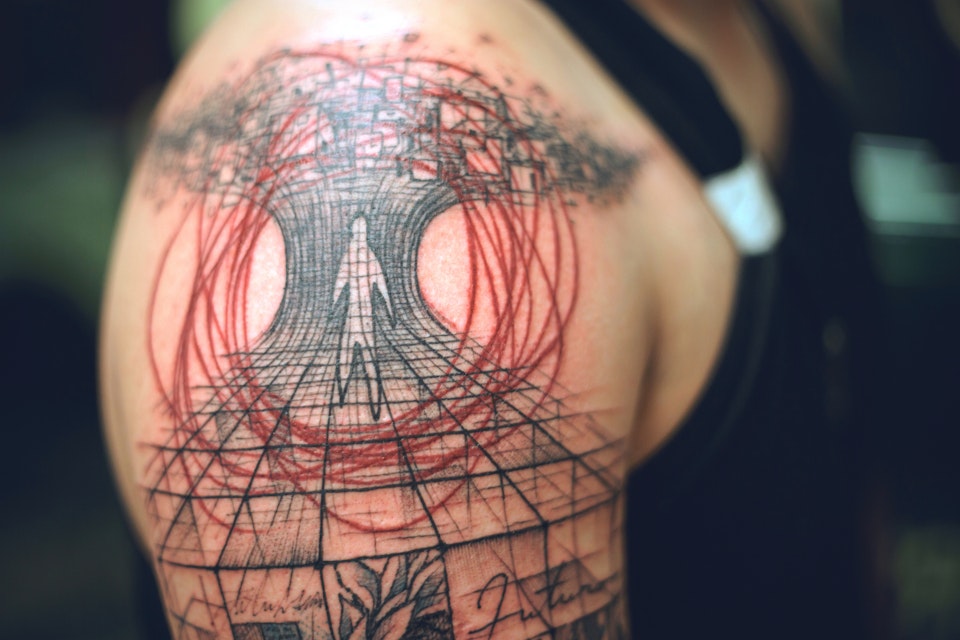October 11, 2019
Tattoo Art is Now Hotter Than Ever Before

Tattooing has been practiced as far back as thousands of years, with discoveries of tattooed skin dating back to 3370 B.C.
It seems almost incredible that this art form has lasted over 5,000 years; today, tattoo parlors are almost everywhere (the word “tatou” comes from Samoa and the Polynesian islands). Almost 46% of Americans have tattoos.
This process—which can be almost ritualistic at times—of marking our bodies with ink has led to many motifs from fine arrows, phases of the moon, eyes, folklore and lettering.
Today, tattoo festivals and conventions are all over the map, from Alabama to Wyoming. There’s even a Patagonian Tattoo convention in Argentina; a Warsaw convention in Poland; and one in Nanjing in China.
With over 21,000 tattoo parlors in the United States alone, it’s clear that business is booming. This $1.5 billion industry means that a lot of places are extremely busy, and waitlists with prominent tattoo artists can go up to six months! As tattooing grows more accepted into the world (today, it is more the norm than the outlier), more quality artists are doing tattoos.
At New York City’s Black Fish Tattoo, co-owner Carla Jang who started the company 20 years ago says the demand has been through the roof. “There are a lot more younger people getting tattooed,” she says. “Fine line tattoos have been trending for a while now, and they’re more delicate.”
A fine line tattoo at Blackfish Tattoos. Courtesy of Blackfish Tattoos.
The technique of doing fine line tattoo means straight or curved thin lines are used, without the overtly loud gradations in shade. The emphasis is on the outline and form, not so much the color and shading.
“Tattoo art is being elevated as it's pulled into the mainstream,” says Carla’s partner, Kevin Jang. More and more artists of varied backgrounds (painting, graphic design, animation, etc.) view a person’s skin as a walking canvas. There are gamut of styles, ranging from watercolor, geometric designs, animation, abstract, pointillism, hyperrealism, and anything you can imagine being incorporated into a tattoo.
And like any other artistic profession, each artist has a unique voice, whether he or she is classically trained or not. “What makes skin a challenging canvas is that no one person has the same skin quality, texture, color, etc.” adds Jang, so the artist is constantly adjusting based on the individual being tattooed.
Fine line tattooing requires practice and precision because there is little to zero room for error, and using the right type of inks is important so the tattoo doesn’t fade or heal. Depending on the design, the artist may choose to use a single needle. “This was a trial and error discovery for us,” says Jang.
At Studio 28 Tattoos owner TJ Cantwell says “body art has moved into mainstream culture and you now have people on all spectrums of life getting work done. There are very few limitations to having tattoos now. “Techniques are as numerous as artists, there is no one way to do a tattoo successfully,” he adds. “A lot of the growth of our industry is around people pushing boundaries and trying new things.”
Some artwork in the parlor’s portfolio show full arm size artwork of animals like colorful tigers, reptiles or necklaces. “Designs will vary between each person as a tattoo should be something personal to you,” says Cantwell.
Horizontede Expectativa by VAWAA tattoo artist, Taiom.
Tattoo competitions can push the limits of art with their elaborate designs and intricate patterns. But tattooing is not just for pros! In Brasilia, Brazil, VAWAA artist Taiom teaches guests basic tattoo techniques including symbology. And it can be quite lucrative as a career as well.
“A lot of people are very particular about the artwork,” says Jang.
To book a mini apprenticeship with Taiom, visit his artist page.
For more stories, tips, and new artist updates, subscribe here.

